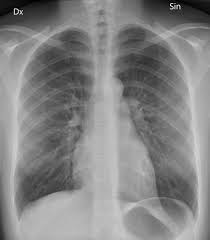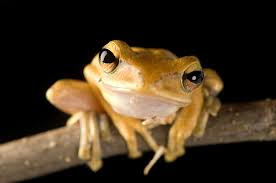X-Ray & Digital Subtraction Angiography techniques

X-Ray and DSA Introduction - It is one of the oldest methods of imaging which starts with the accidental discovery of X-ray by Wilhelm Knored Roentgen , a German physicist in 1895. The branch of science that deals with the study of X-ray for the detection and treatment of diseases are called Radiology. Principle - High dose X-ray is passed through the body where the body absorbs this radiation and scatter this radiation to all over the body and the remaining x-ray pattern is recorded for later evolution. Uses - X-ray imaging is usually applied in detecting bone fractures and dislocations. This technique is also advantageous in detecting the disease of the heart and lungs . In Dental Examination. ...
